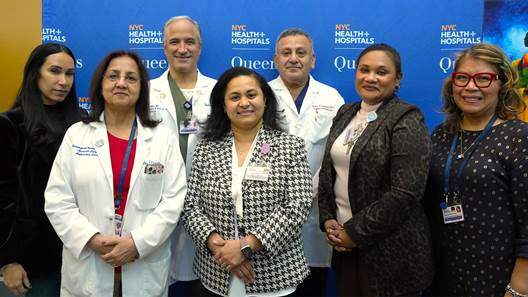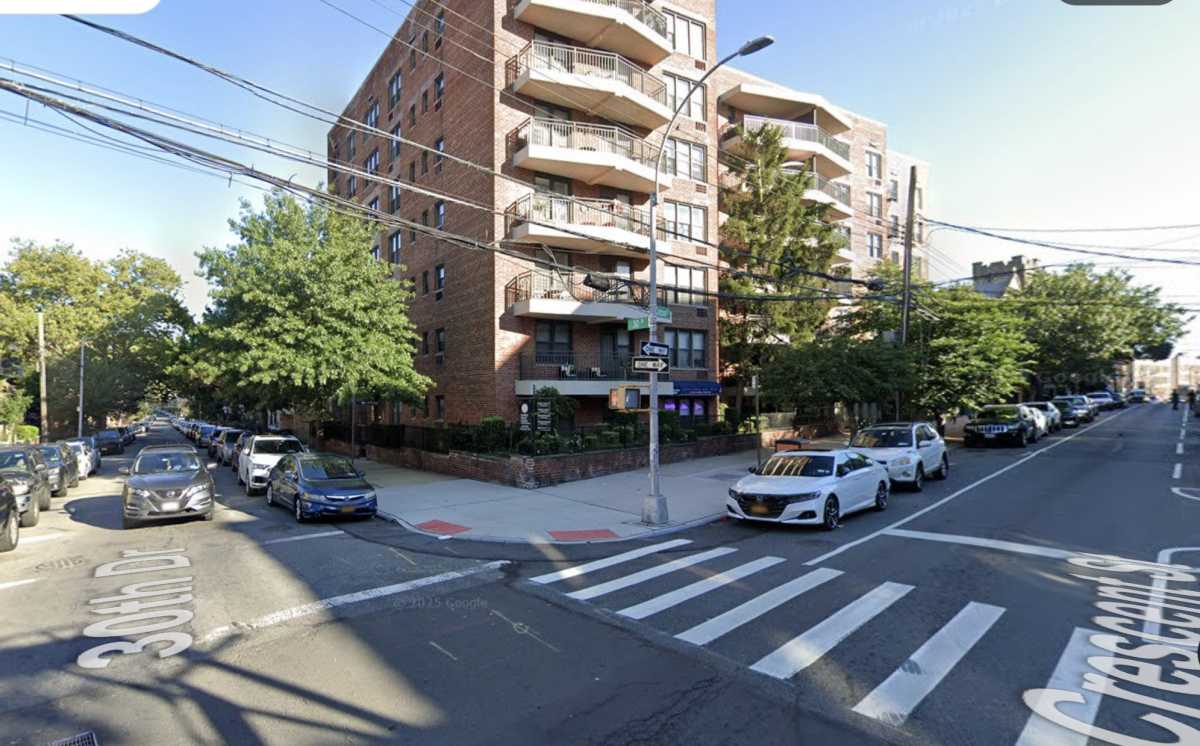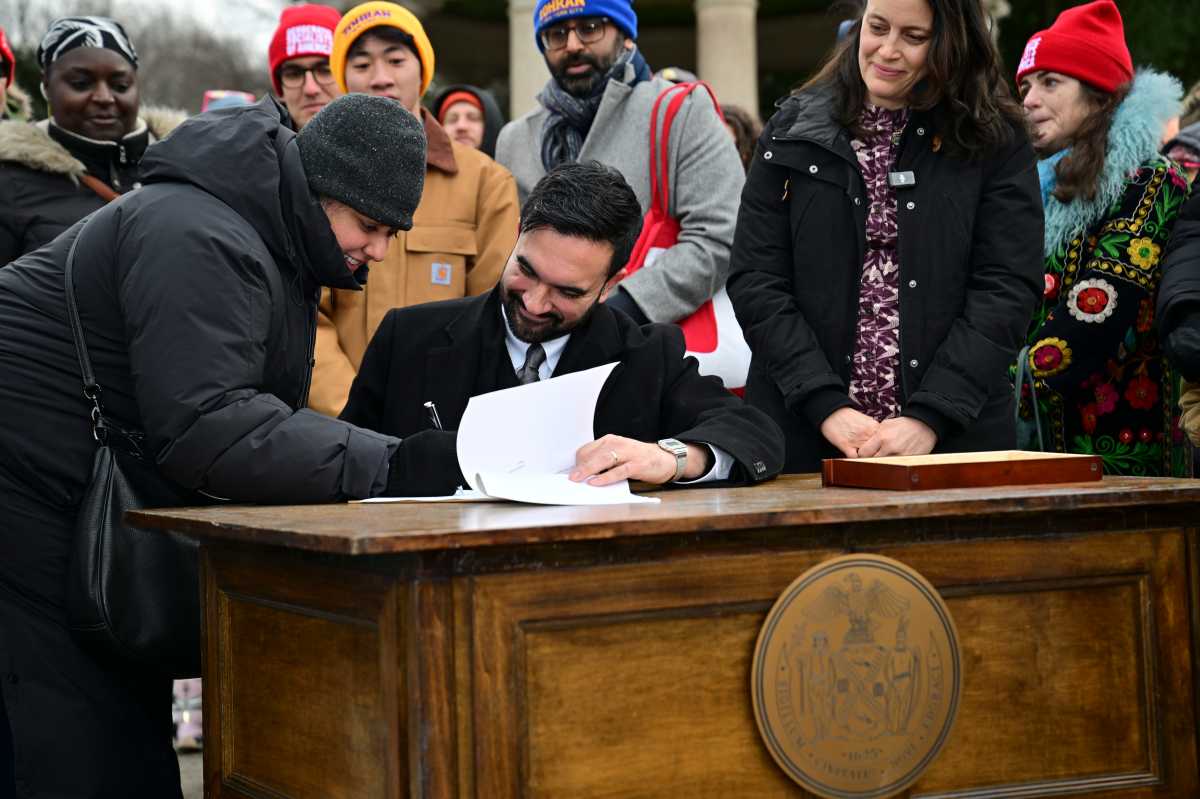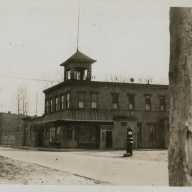New York Hospital Queens (NYHQ) became the first hospital in the country to use a new treatment to help a patient with lung cancer, and the patient is now doing very well.
Last June, a 58-year-old man from Corona went to the emergency room because he was experiencing extreme pain and tingling in his left arm. The work-up and tests revealed that he had a mass on the left side of his upper lung.
“He presented with a very aggressive type of lung cancer called Pancoast tumor, which is not like other lung cancers,” said cancer specialist Dr. Dattatreyudu Nori, who is the chairman of radiation oncology at NYHQ.
Nori noted that a Pancoast tumor does not present with symptoms typical of lung cancer, such as coughing or shortness of breath. Instead, patients can experience pain in the arm or hand, lack of grip and no arm strength.
After the patient underwent high dose chemotherapy and external beam radiation treatments, the tumor was still there.
The location of the tumor made it difficult to continue with typical forms of treatment because of the risk to nerves, vessels and other organs, so it was decided to try something new, brachytherapy. The patient underwent a surgical procedure to implant a radioactive Cesium 131 pellet into the tumor.
Nori said that he felt it was the perfect case for this treatment so that the radiation could be delivered internally.
Although this marked the first time these pellets had been used to treat lung cancer, they have been used to treat prostate cancer.
“This particular form of treatment has several advantages,” Nori said.
First of all, Nori said, while in the operating room the pellet can be place “precisely where the tumor was attached to the boney structures,” which he said makes the precision of the radiation very good.
In addition, Nori explained that this “pellet has a very sharp half-life of 9.7 days,” with 50 percent of the dosage being delivered in the first 9.7 days and another 50 percent in the second 9.7 days. Nori said that in a month’s time all of the radiation is delivered and gone so that important structures “are not getting any chronic dose of radiation like with older pellets.”
The Corona man who received the treatment has been doing “extremely well,” Nori said. When Nori saw the patient near the end of December, he said he had gained about 27 pounds, his pain was 100 percent gone and the function in his left hand had completely returned.
“This patient responded well to the treatment, with an outcome that would not have been possible with traditional treatment,” Nori said.
Nori said that this form of treatment will begin to be used more frequently in the United States in order to treat lung cancer. He also said that, although currently this new pellet has only been used for lung cancer and prostate cancer, he has submitted a protocol for approval to also use it for pancreatic cancer.



































